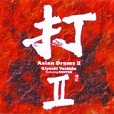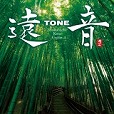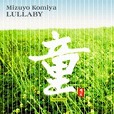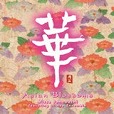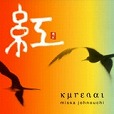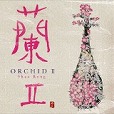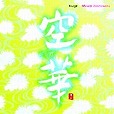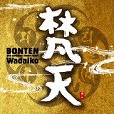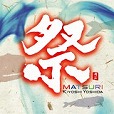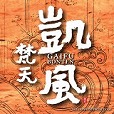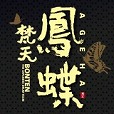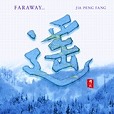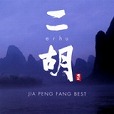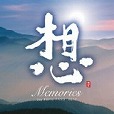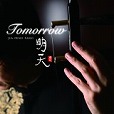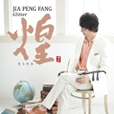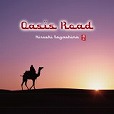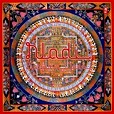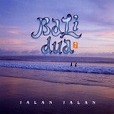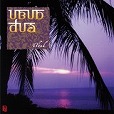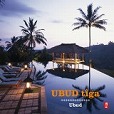Instrument
*Each album can be purchased by clicking "buy" button.
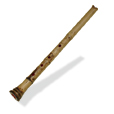
Shakuhachi (Japanese bamboo flute)
From its strong connection with Zen, the sound of the Shakuhachi is said to be the most Japanese-like sound of all. The original form of this instrument was born thousands of years ago in central Asia, and arrived in Japan, together with Buddhism in the Nara period (AD 710 to 794). It is called the Bamboo Flute, outside of Japan, and its mystic, deep sounds are now used to play in an ensemble with many different instruments.
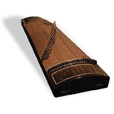
Koto(Japanese harp)
This instrument came to Japan from China in mid-5th century, and since then has grown into one of the string instruments that represent Japan. The ordinary Koto has 13 strings, but here, you will hear a 25 stringed Koto. The 25 strings in different tuning allows such a wide sound range that sometimes it sounds like a harp, and the combinations of the sounds that come and go reminds us of the sounds of nature itself.

Pipa(Chinese lute)
The pipa is a four-stringed Chinese musical instrument, belonging to the plucked category of instruments. The instrument has a pear-shaped wooden body with a varying number of frets ranging from 12 to 26.The pipa is one of the most popular Chinese instruments and has been played for almost two thousand years in China.
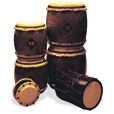
Wadaiko (Japanese drum)
The root of this percussion instrument, Wadaiko, goes back to the Jomon period (Japanese prehistoric period from about 14,000 BC to 400 BC), when it was used as a means of distant communication. It has always played an essential role in Shinto rituals, wars, and festivals. The sound of the Wadaiko can portray anything from wind, rain, silence of the snow, to ghosts and monsters, using its bass sound that can tremble the inside of your stomach.

Erhu(Chinese violin/Chinese two-strings fiddle)
The erhu is a two-stringed bowed musical instrumental .Originating in northern China, it is the most popular ethnic instrument for playing traditional music in China, used as a solo instrument as well as in small ensembles and large orchestras. It is the most popular of the huqin family of traditional bowed string instruments.
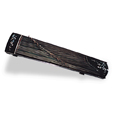
Guzheng(Chinese Harp)
The guzheng is a Chinese plucked zither. It was born about 2200 years ago. It originally had 12 strings, and it was only about 30 years ago, when the instrument came to have 25 strings, the present form. It took in some playing techniques from the harp, becoming able to adapt to all kinds of music.
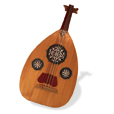
Oud(Mid East)
The Oud is referred to as the "Queen of musical instruments". It has originated from the Barbat, a string instrument of Sassanian Persia, and is also said to be the ancestor of the Lute and Chinese Pipa.
Album using the "Oud(Mid East)"
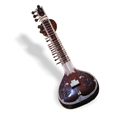
Sitar(India)
The Sitar is a plucked string instrument, originating in Northern India around the 14th century. It is a cross between the ancient Indian string instrument Veena and a string instrument of West and Central Asia. The player plucks the strings that run over the long fretted neck, using a metallic plectrum called a Mizraab, and produces the unique, mysterious and fragile sound, from the sympathetic strings placed under the frets.
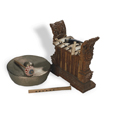
Gamelan(Indonesia)
A Gamelan is a musical ensemble from Indonesia, featuring a variety of some twenty to thirty traditional instruments of many sizes, made of iron, bamboo, wood and bronze. The origin of the name is the Malaysian word "gamul", which means "hit". It is played in festivals of Hindu temples in Bali, weddings and funerals, and also as an accompaniment to drama and dance performances. The graceful melody and the soft sounds of the keyboards are very tranquilizing.
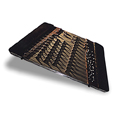
Yangqin(Chinese hammered dulcimer)
The Yangqin is a hammered instrument, originally from Eastern Asia. It is called in similar names like "Yang chin", "Yo chin" in other Asian countries. It has steel strings stretched over a trapezoidal wooden box. It is usually played by two bamboo mallets. It plays accompaniments to folk songs, local drama and narrative performances, and in musical ensembles. The clear, resonating sound adds to the harmony by playing chords, and matches beautifully with the sounds of Erhu and Pipa.




